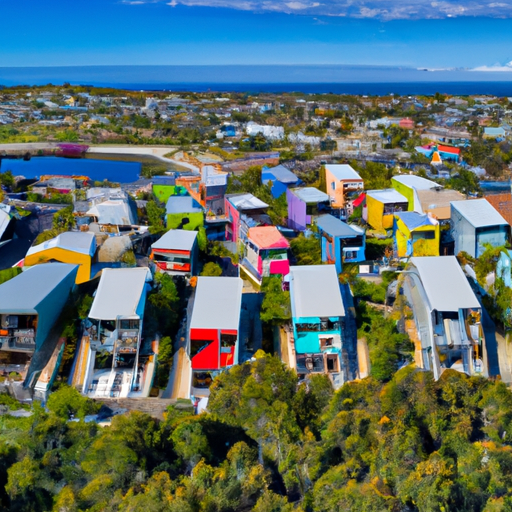Why are Houses in Australia on Stilts? Unveiling the Unique Architectural Choice
Australia is known for its stunning landscapes, diverse wildlife, and unique architectural choices. One such architectural feature that stands out in Australia is the prevalence of houses on stilts. You may have wondered why these houses are elevated on stilts, and in this article, we will delve into the reasons behind this unique architectural choice.
The Historical Context
The tradition of building houses on stilts in Australia can be traced back to the indigenous Aboriginal people who have inhabited the continent for thousands of years. Their traditional homes, known as “gunyahs” or “humpies,” were often constructed on stilts to protect against flooding and to provide ventilation in the hot climate.
When European settlers arrived in Australia, they adopted this architectural practice and adapted it to suit their needs. The country’s vast coastline, prone to cyclones, storm surges, and rising sea levels, made building houses on stilts a practical choice to mitigate the risks associated with these natural phenomena.
Flooding and Drainage
One of the primary reasons for building houses on stilts in Australia is to protect against flooding. The continent experiences heavy rainfall in certain regions, and houses built on low-lying areas are susceptible to water damage. By elevating the houses on stilts, homeowners can minimize the risk of floodwaters entering their living spaces.
Moreover, building houses on stilts allows for better drainage. The space underneath the house provides a pathway for water to flow freely during heavy rains, reducing the chances of water pooling around the foundation. This helps to prevent structural damage and dampness, ensuring the longevity of the house.
Cooling and Ventilation
Australia’s climate is known for its scorching summers, and houses on stilts offer a practical solution to combat the heat. Elevating the house allows for better airflow, as the space underneath creates a cooling effect. This natural ventilation helps to regulate the temperature inside the house, making it more comfortable during hot weather.
Additionally, the raised position of the house allows for the installation of additional features to enhance cooling. Verandas, balconies, and open spaces can be incorporated into the design, providing shaded areas and promoting cross-ventilation. These architectural elements contribute to a more energy-efficient and comfortable living environment.
Preserving the Natural Environment
Building houses on stilts also helps to preserve the natural environment in Australia. By elevating the house, the footprint on the land is reduced, minimizing the disturbance to the surrounding ecosystem. This is particularly important in areas with sensitive ecosystems, such as coastal regions and wetlands.
Furthermore, the space underneath the house can be utilized for various purposes that are in harmony with the natural environment. It can serve as a storage area, parking space, or even as a habitat for local wildlife. This integration of the built environment with nature aligns with Australia’s commitment to sustainable living and conservation.
In Conclusion
The prevalence of houses on stilts in Australia is a testament to the country’s unique architectural choices and its response to the challenges posed by its natural environment. From protecting against flooding and enhancing ventilation to preserving the natural ecosystem, building houses on stilts offers practical and sustainable solutions.
So, the next time you come across a house perched on stilts in Australia, you will have a deeper understanding of the reasons behind this architectural choice. It is a fascinating blend of tradition, practicality, and environmental consciousness that truly sets Australian homes apart.




